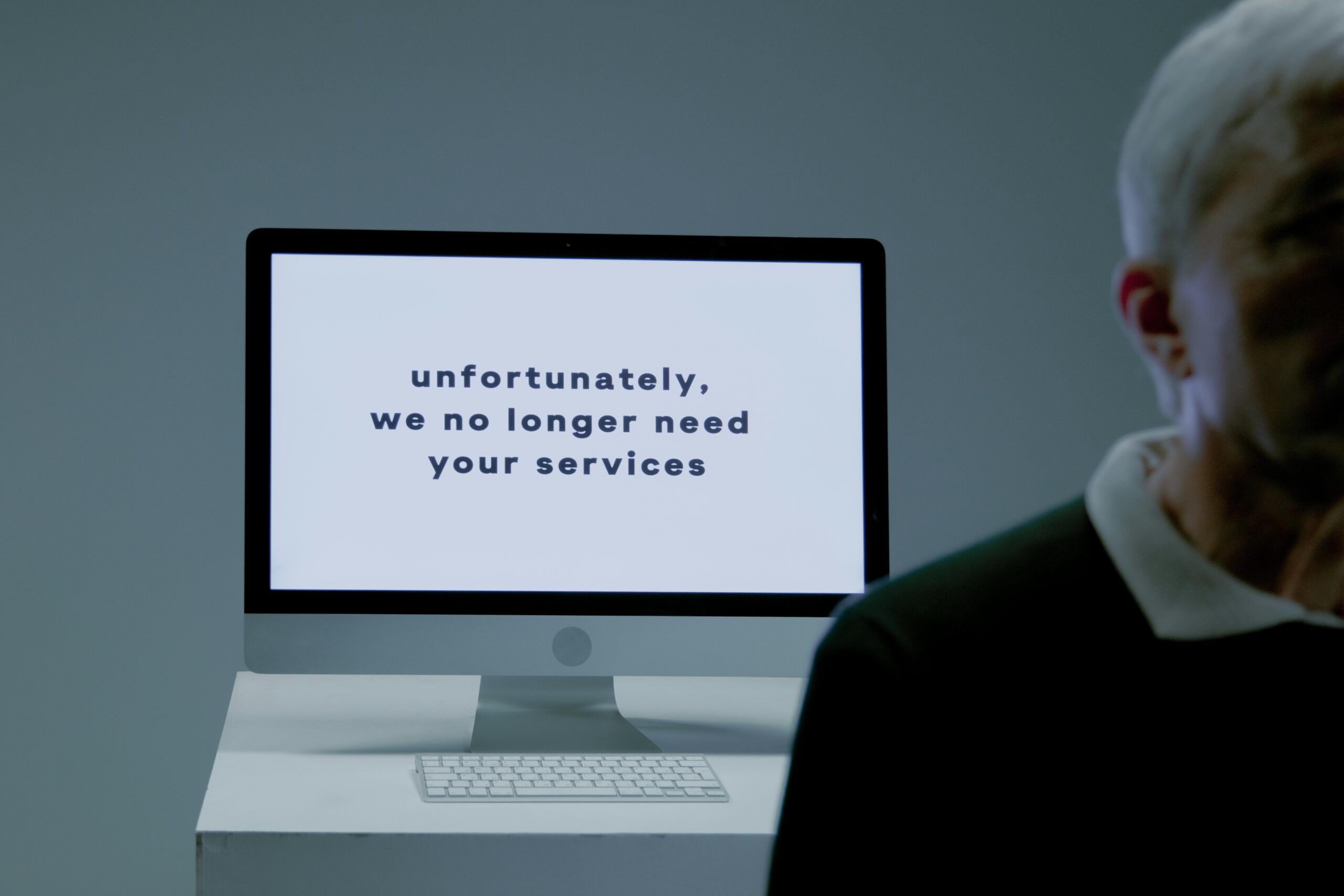Unemployment benefits are a vital safety net for individuals who lose their jobs through no fault of their own. However, navigating unemployment benefits can be confusing, especially when wrongful termination is involved. If you believe you were wrongfully terminated, understanding your rights and how to apply for unemployment benefits is essential. This detailed guide will walk you through everything you need to know about unemployment eligibility, wrongful termination, and the steps to take to secure the benefits you deserve.

What Is Wrongful Termination?
Wrongful termination occurs when an employee is fired for unlawful reasons. Common grounds for wrongful termination include:
- Discrimination: Being terminated due to race, gender, religion, age, disability, or other protected characteristics.
- Retaliation: Being fired for reporting workplace violations, harassment, or unsafe conditions.
- Breach of Contract: Termination that violates the terms of an employment contract.
- Violation of Public Policy: Being dismissed for reasons that go against state or federal public policies, such as refusing to perform illegal activities.
Understanding whether your termination falls under wrongful termination laws is the first step in determining your eligibility for unemployment benefits.
Are You Eligible for Unemployment After Wrongful Termination?
In most cases, individuals who lose their jobs are eligible for unemployment benefits as long as they meet the following criteria:
- Lost Job Through No Fault of Your Own: Wrongful termination typically qualifies under this criterion.
- Sufficient Work History: You must have earned enough wages during your base period (a specific timeframe determined by your state).
- Availability to Work: You must be actively seeking employment and available to work.
Since wrongful termination suggests that you were not at fault, you are likely eligible for unemployment benefits. However, it’s essential to provide evidence supporting your claim of wrongful termination to ensure your application is successful.
Steps to Take Before Applying for Unemployment
If you believe you’ve been wrongfully terminated, take the following steps before applying for unemployment:
1. Understand Your State Laws
Employment laws vary by state, including what constitutes wrongful termination and eligibility criteria for unemployment benefits. Research your state’s Department of Labor guidelines to understand your rights.
2. Gather Evidence
Compile any documentation that supports your wrongful termination claim, such as:
- Employment contracts
- Performance reviews
- Emails or written communication
- Witness statements
3. Consult an Employment Attorney
An employment attorney can help you determine whether you have a valid wrongful termination claim. They can also assist in filing a lawsuit if necessary.
4. Contact Your HR Department
Request a copy of your personnel file and any documentation related to your termination. This information may be useful when applying for unemployment or pursuing legal action.
How to Apply for Unemployment Benefits
Once you’ve taken the necessary steps, you can proceed with your unemployment application. Here’s how:
1. File a Claim
Visit your state’s unemployment office website to file a claim. Most states allow online applications, but you can also apply by phone or in person.
2. Provide Accurate Information
Be honest and thorough when filling out your application. You’ll need to provide:
- Personal identification (e.g., Social Security number)
- Employment history
- Reason for job loss
3. Explain the Circumstances
When asked about the reason for your termination, explain that you believe you were wrongfully terminated. Provide a brief summary of the situation and any supporting evidence.
4. Attend Interviews or Hearings
In some cases, you may be required to attend an interview or hearing to clarify the details of your termination. Be prepared to present your case.
What Happens If Your Employer Contests Your Claim?
Employers have the right to contest unemployment claims. If your employer disputes your claim, the unemployment office will investigate further. This may involve:
- Reviewing evidence from both parties
- Conducting interviews
- Holding a hearing
Tips for Handling a Contested Claim:
- Stay Calm: Present your case clearly and professionally.
- Provide Evidence: Submit any documents that support your claim of wrongful termination.
- Seek Legal Assistance: If the process becomes overwhelming, consult an attorney.
Filing a Wrongful Termination Lawsuit
In addition to applying for unemployment benefits, you may choose to file a wrongful termination lawsuit. Here’s what to consider:
1. Statute of Limitations
Each state has a specific timeframe within which you must file a lawsuit. Ensure you act promptly.
2. Damages
If your lawsuit is successful, you may be entitled to:
- Back pay
- Emotional distress compensation
- Legal fees
3. Settlements
Many wrongful termination cases are settled out of court. An attorney can negotiate on your behalf to ensure you receive fair compensation.
Tips for Navigating the Process
- Keep Records: Maintain copies of all communications with your employer and the unemployment office.
- Be Persistent: The process may take time, but don’t give up.
- Stay Informed: Regularly check for updates on your claim and respond promptly to requests for information.
Conclusion
Applying for unemployment after wrongful termination is a multi-step process that requires patience and preparation. By understanding your rights, gathering evidence, and following the proper procedures, you can increase your chances of securing the benefits you need. Additionally, pursuing a wrongful termination lawsuit may provide further compensation and justice for your situation.
Remember, you don’t have to navigate this journey alone. Seek guidance from legal professionals and leverage resources provided by your state’s unemployment office to ensure a smoother process.
For more information, check out our guide on Steps to Take After Losing Your
